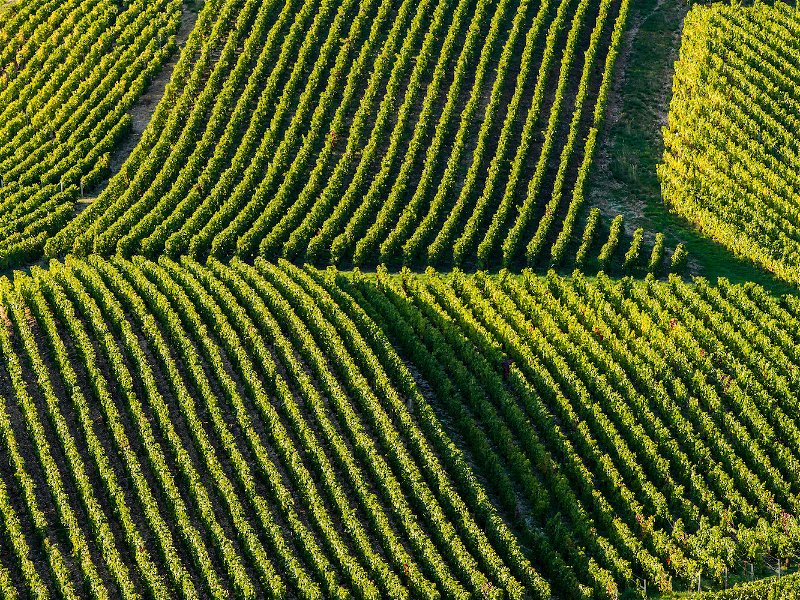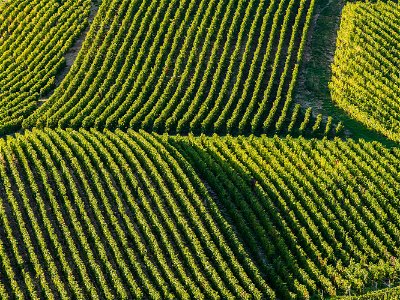When you think of top-quality viticulture, Romanians may not immediately come to mind. Yet the country on the Black Sea is one of the oldest wine-growing countries in Europe. Findings have proven that wine was already being cultivated on the Black Sea coast 6,000 years ago. In the 12th century A.D., German emigrants in Transylvania gave new impetus to wine. The country's less than stellar reputation among wine lovers is largely due to communist rule in the 20th century, when there was a much greater focus on quantity than on quality. Since the end of the 20th century and especially with the accession to the EU, much has changed and above all investments have been made in vineyards and cellars.
Only about 16% of the wineries are still state-owned, the largest share of wine producers are cooperatives with about 50%, 34% of the wineries are in private hands. With about 190,000 hectares, the vineyard area is about as large as Portugal. Romania also has a large number of autochthonous grape varieties, in common with the country on the Atlantic coast.
Today, however, international varieties such as Chardonnay, Sauvignon Blanc, Riesling, Cabernet Sauvignon, Merlot and Pinot Noir are also on the rise. About 60% of the production is white wine, 40% red wine.
Romania is located on the same latitude as France, the Cotnari region even shares the latitude with Tokaij, Rheingau and Champagne. However, the country is divided into different climatic zones. In Transylvania, west of the Carpathian Mountains, which also provide protection from northern cold air currents, maritime influence from the Black Sea is noticeable, while in the south of the country the climate is more Mediterranean. Three main regions determine the viticulture in the country, Moldavia in the east of the country with some excellent white and red wines, Transylvania in the center with lively fresh white wines, and Muntenia (Walachai) with its well-known subregion Dealu Mare, where Cabernet Sauvignon, Pinot Noir and Merlot are preferably cultivated.
The most famous autochthonous varieties are Feteasca Alba and Feteasca Regala for white wines, and Babeasca Negra and Feteasca Negra for red wines. The wine law provides for 3 ascending quality levels with table wine, IGP and DOC, thus resembling the Romanesque model.
Romanian cuisine tends to be meat-heavy, hearty and rustic, sometimes sour. However, there are regional differences. Among the national dishes is mamaliga, a corn porridge, and about as important to the population as pasta is to Italy. But cabbage rolls, and soups with a more acidic flavor also play a major role. Desserts, such as the popular baklava and doughnuts, are influenced by Austria, Hungary and Turkey. The capital, Bucharest, also boasts some top-notch restaurants.
Wine Regions in Romania
Muntenia - Great Wallachia
Muntenia (Great Wallachia) is situated bewteen the Carpathian Mountains and the Danube River, with the best vineyards being located in the southern foothills of the Carpathian hills. Large wine-growing areas are located in Dealu Mare, which spread across Prahova County (mainly reds) and Buzău...

